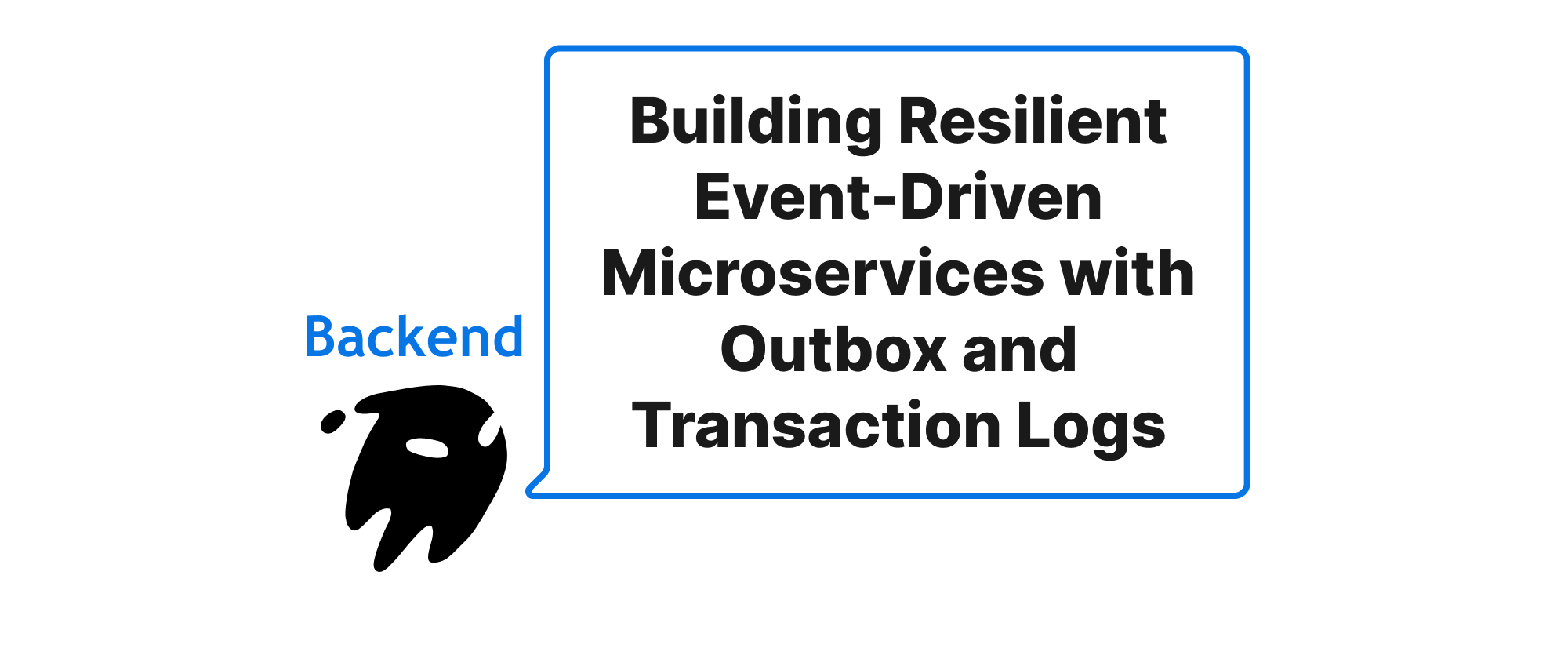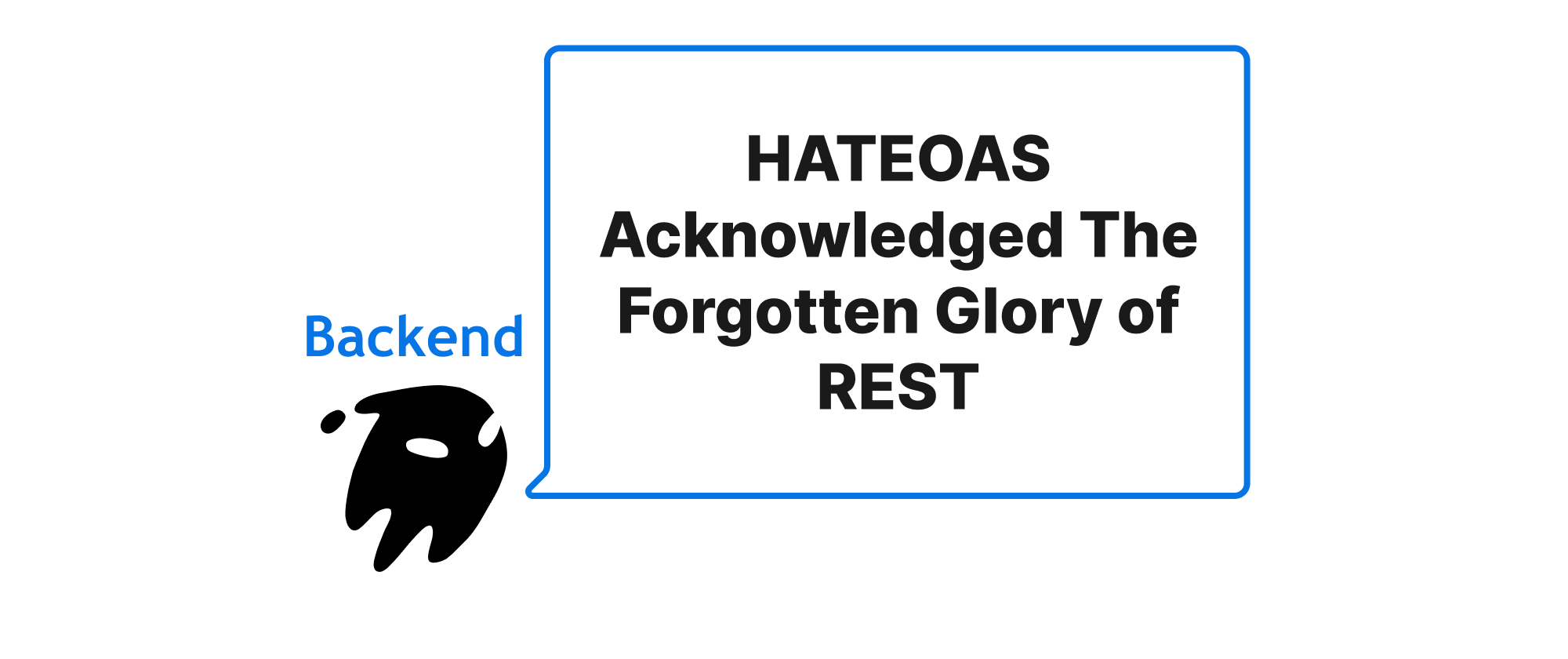Building Resilient Event-Driven Microservices with Outbox and Transaction Logs
Min-jun Kim
Dev Intern · Leapcell

Introduction
In the world of microservices, achieving seamless communication and data consistency across distributed systems is a constant challenge. As applications decouple into smaller, independent services, the need for reliable event propagation becomes paramount. A common pitfall arises when a service attempts to perform a local state change and publish an event notifying other services of that change. What happens if the service crashes between committing the local transaction and successfully publishing the event? Data inconsistency and lost events can quickly cripple the entire system. This article delves into how the "outbox pattern" in conjunction with database transaction logs or polling can elegantly address this reliability gap, fostering resilient and robust event-driven microservices. We'll explore the underlying principles, practical implementation, and the invaluable role these techniques play in building highly available and consistent distributed architectures.
The Foundation of Reliable Eventing
Before diving into the specifics, let's establish a common understanding of key terms that form the backbone of this discussion.
Microservices: An architectural style that structures an application as a collection of loosely coupled, independently deployable services.
Event-Driven Architecture (EDA): A software design paradigm where loosely coupled software components interact by asynchronously publishing and subscribing to events.
Transactional Outbox Pattern: A design pattern that ensures the atomic execution of a local database transaction and the publication of a corresponding event. Instead of directly publishing an event, the event is first saved into a dedicated "outbox" table within the same database transaction as the local state change.
Database Transaction Log (Change Data Capture - CDC): A sequential record of all changes made to a database. Many modern databases (like PostgreSQL, MySQL, SQL Server) maintain these logs for recovery and replication purposes. CDC tools leverage these logs to capture real-time data changes without impacting the primary application.
Polling: In the context of the outbox pattern, this refers to a separate process that periodically queries the outbox table for new, unpublished events and then publishes them to a message broker.
The Problem with Direct Event Publishing
Consider a UserService that needs to create a new user and then emit a UserCreatedEvent.
// Simplified example, not production-ready @Transactional public User createUser(User user) { userRepository.save(user); // Local database transaction eventPublisher.publish(new UserCreatedEvent(user.getId())); // Try to publish event return user; }
If the system crashes after userRepository.save(user) commits but before eventPublisher.publish() successfully sends the message, the user is created locally, but no UserCreatedEvent is ever emitted. Downstream services relying on this event (e.g., an EmailService to send a welcome email) would never receive the notification, leading to an inconsistent state.
The Outbox Pattern to the Rescue
The outbox pattern elegantly solves this problem by ensuring atomicity. Instead of directly publishing the event, the event details are stored in an Outbox table within the same database transaction as the primary business logic.
Implementation using an Outbox Table
Let's refine our UserService example with the outbox pattern.
First, define an Outbox entity:
// Outbox.java @Entity @Table(name = "outbox") public class Outbox { @Id @GeneratedValue(strategy = GenerationType.IDENTITY) private Long id; @Column(name = "aggregatetype", nullable = false) private String aggregateType; @Column(name = "aggregateid", nullable = false) private String aggregateId; @Column(name = "eventtype", nullable = false) private String eventType; @Column(columnDefinition = "jsonb", nullable = false) // Or VARBINARY for other DBs private String payload; // JSON representation of the event @Column(name = "createdat", nullable = false) private Instant createdAt; @Column(name = "processedat") private Instant processedAt; // To mark events as processed // Getters and Setters }
Now, the UserService integrates the outbox:
// UserService.java @Service public class UserService { private final UserRepository userRepository; private final OutboxRepository outboxRepository; private final ObjectMapper objectMapper; // For JSON serialization public UserService(UserRepository userRepository, OutboxRepository outboxRepository, ObjectMapper objectMapper) { this.userRepository = userRepository; this.outboxRepository = outboxRepository; this.objectMapper = objectMapper; } @Transactional public User createUser(User user) throws JsonProcessingException { // 1. Perform local business logic userRepository.save(user); // 2. Create the event UserCreatedEvent userCreatedEvent = new UserCreatedEvent(user.getId(), user.getEmail()); // 3. Save the event to the outbox table within the same transaction Outbox outboxEntry = new Outbox(); outboxEntry.setAggregateType("User"); outboxEntry.setAggregateId(user.getId().toString()); outboxEntry.setEventType("UserCreatedEvent"); outboxEntry.setPayload(objectMapper.writeValueAsString(userCreatedEvent)); outboxEntry.setCreatedAt(Instant.now()); outboxEntry.setProcessedAt(null); // Not yet processed outboxRepository.save(outboxEntry); return user; } }
With this approach, if the transaction commits successfully, both the user and the outbox entry are persisted. If the transaction fails, neither is. This guarantees atomicity.
Publishing the Events: Polling vs. Transaction Log (CDC)
Once events are in the outbox table, they need to be reliably published to a message broker (e.g., Kafka, RabbitMQ). There are two primary strategies for this:
-
Polling: A separate, independent process (often a scheduled job or a dedicated microservice) periodically queries the
outboxtable for new, unprocessed events.// Example Poller Service (pseudo-code) @Service public class OutboxPollerService { private final OutboxRepository outboxRepository; private final MessageBrokerPublisher messageBrokerPublisher; private final ObjectMapper objectMapper; public OutboxPollerService(OutboxRepository outboxRepository, MessageBrokerPublisher messageBrokerPublisher, ObjectMapper objectMapper) { this.outboxRepository = outboxRepository; this.messageBrokerPublisher = messageBrokerPublisher; this.objectMapper = objectMapper; } @Scheduled(fixedRate = 5000) // Poll every 5 seconds @Transactional public void processOutbox() { List<Outbox> unprocessedEvents = outboxRepository.findTop100ByProcessedAtIsNullOrderByCreatedAtAsc(); // Fetch a batch for (Outbox event : unprocessedEvents) { try { // Publish to message broker Object eventPayload = objectMapper.readValue(event.getPayload(), Class.forName(event.getEventType())); messageBrokerPublisher.publish(event.getEventType(), eventPayload); // Mark as processed if publication successful event.setProcessedAt(Instant.now()); outboxRepository.save(event); // Update in the same transaction for safety } catch (Exception e) { // Log error, retry mechanism might be implemented here // Important: Do not mark as processed if publishing fails. // The poller will pick it up again on the next run. } } } }Pros: Relatively simple to implement, no special database features required. Cons: Latency can be higher (depends on polling interval), can put a load on the database if the polling interval is too short or throughput is very high, requires careful handling of concurrency and order guarantees. Deduplication on the consumer side is often necessary.
-
Database Transaction Log (Change Data Capture - CDC): This is often the preferred and more robust method. Instead of polling, a CDC tool (e.g., Debezium for Kafka, or database-specific CDC solutions) monitors the database's transaction log for changes to the
outboxtable. When an entry is inserted intooutbox, the CDC tool immediately captures this change and streams it as a message to a message broker.How it works:
- The application creates and saves
Outboxentries as before. - A CDC connector (e.g., Debezium) connects to the database's transaction log (e.g., PostgreSQL's WAL, MySQL's binlog).
- The connector continuously reads the log and detects insertions into the
outboxtable. - For each new
outboxentry, the connector constructs a message (often including the full row data) and publishes it to a Kafka topic (or another message broker). - A separate "event dispatcher" service (or the consumer directly) subscribes to this Kafka topic, reads the
outboxentries, transforms them into business events, and then publishes them to the relevant application-specific topic. Theoutboxentries are then typically deleted or marked as published by another lightweight process to keep the table clean.
Pros: Near real-time event delivery, minimal impact on the application database (CDC tools read from logs, not live tables), reliable ordering (events are streamed in the order they were committed to the log), highly scalable. Cons: Requires external CDC tools, more complex setup and infrastructure management, requires database to support CDC.
- The application creates and saves
Application Scenarios
The outbox pattern combined with either polling or CDC is ideal for situations where:
- Atomic Event Publishing: You need to guarantee that a local database transaction and an associated event publication either both succeed or both fail.
- Inter-service Communication: Services need to reliably communicate state changes to other services without direct coupling.
- Event Sourcing (partial): While not full event sourcing, it's a stepping stone, ensuring all state changes are also represented by events.
- Command-Query Responsibility Segregation (CQRS) Updates: To reliably update read models in a CQRS architecture.
Conclusion
The outbox pattern, whether implemented with periodic polling or the more sophisticated approach of leveraging database transaction logs (CDC), stands as a cornerstone for building reliable event-driven microservices. It effectively bridges the gap between local transactional consistency and distributed eventual consistency, ensuring that critical business events are never lost and that your distributed system remains coherent. By embracing these patterns, developers can confidently build highly resilient and scalable architectures where every committed write operation reliably triggers its corresponding external notification. This pattern empowers microservices to communicate effectively, maintaining data integrity across the entire distributed landscape.


